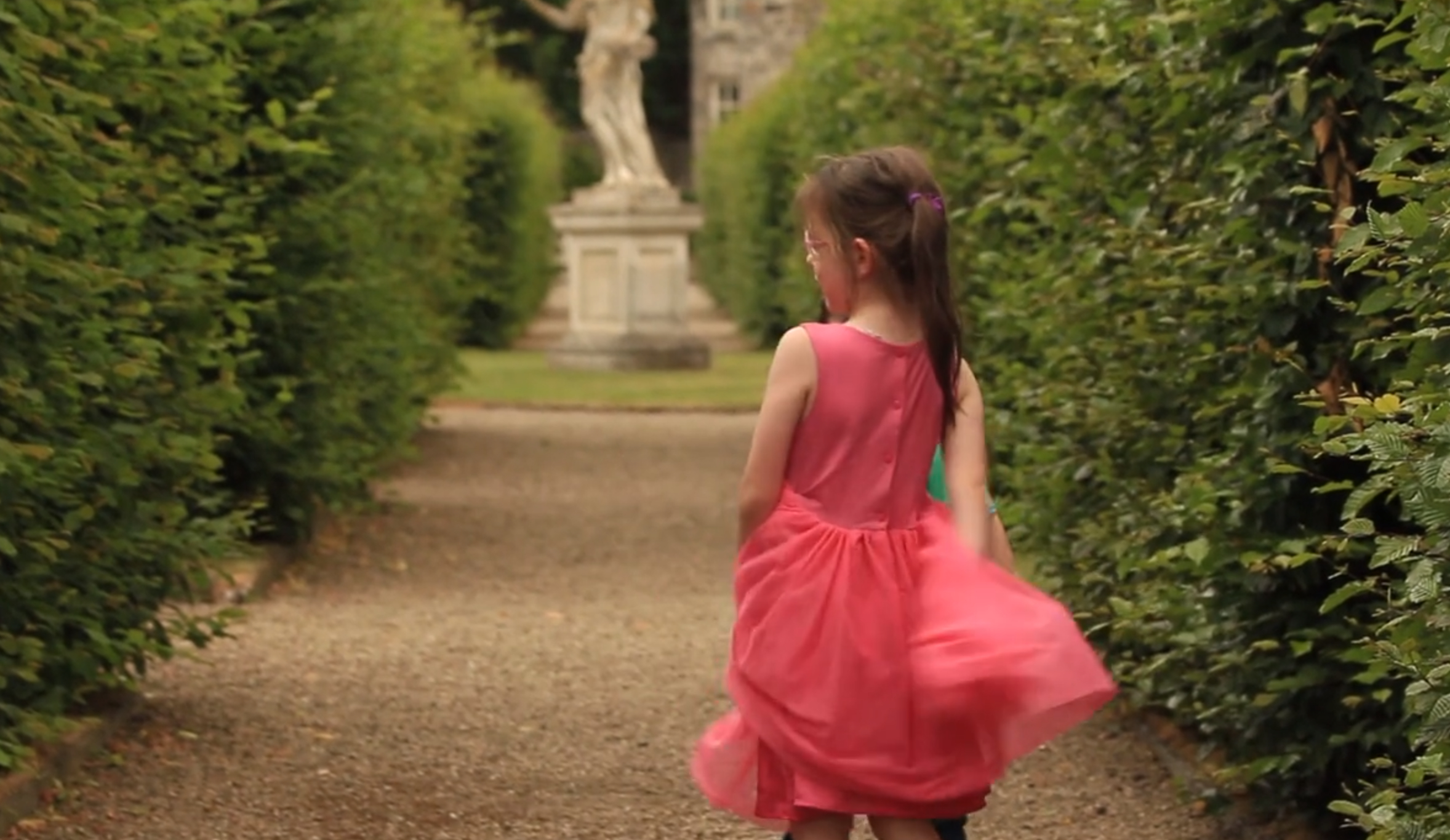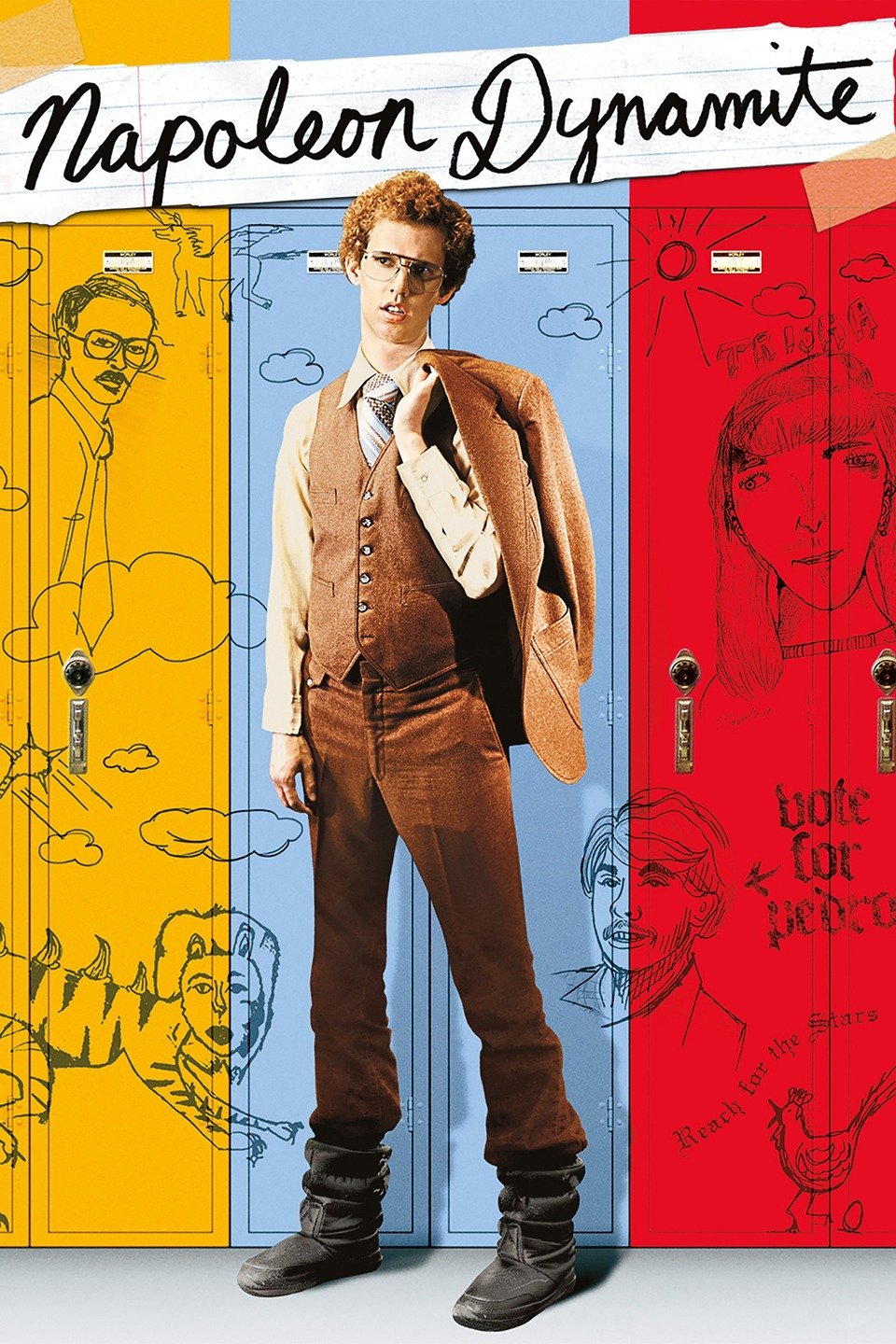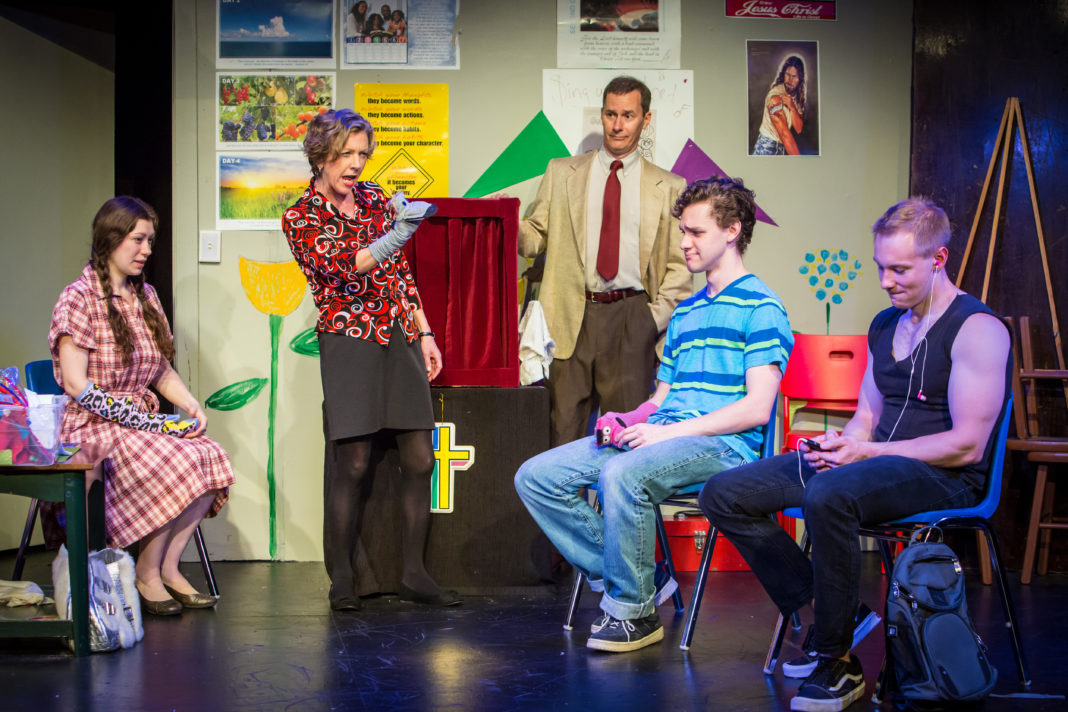Award-winning playwright Sarah Ruhl’s retelling of the classic Greek myth of Orpheus, Eurydice, opened on Nov. 12 in the Portland State School of Theater & Film.
In Ruhl’s version, the story focuses on Eurydice (played by Becca Tyree) and frames the central conflict as her decision to follow her new husband, Orpheus (Cooper Blomberg), out of Hades, or stay with her father (a new character added by Ruhl and played by Michael Thompson) in the underworld.
In the original tale, it is Orpheus who loses Eurydice forever by turning to look at her after he is explicitly cautioned not to. But in Ruhl’s imagination, it is Eurydice who prompts this action by calling out Orpheus’ name, knowing that in doing so she will no longer be able to join him again in life, thus making it her choice.
Director Karin Magaldi has wanted to do this play for several years.
“What it’s about really appeals to me because it’s dealing with love, and it’s dealing with loss and memory,” Magaldi said.
Magaldi explained how the play is a designer’s show, meaning that the script opens itself up to interpretation, giving the director and designers room to collaborate and bring their own vision to the stage.
This is most evident in scenic and lighting designer Daniel Meeker’s choice to fill the proscenium with scaffolding, which operates as the main set piece and provides additional levels for the actors to walk. This set-up emphasizes the above and below of the heavens and the underworld, and the movement between.
Costume designer Alison Heryer kept with the suggested mid-20th-century period costumes in the script, but was predominantly influenced by 1960s teen-pop culture. She used our notions of this decade to underscore the themes of memory and loss.
“This imagery is very nostalgic and reflects a sense safety and idealism that is often seen in media portrayals of relationships and marriage of the time,” Heryer said.
She also chose to dress the Nasty Interesting Man (Sam Jones), who lures Eurydice away from her wedding in an act that leads to her death, in 1970s garb, visually disrupting that stability.
While the set and costumes are well suited to the text, they are simple and understated. It’s the actors’ performances that dominate. In addition to the myth’s characters, the play features The Stones: Big Stone (Paige Gregory), Little Stone (Netty McKenzie) and Loud Stone (Sena Rae Garbon). They occupy a mod sofa in their pajamas throughout the play, commenting on and interacting with the action in the underworld.
It’s largely from them that we begin to understand how memory erodes in each character’s death, one of the play’s dominant themes.
“I feel that this play really makes you think about memory and how, on one hand, time can make you forget, but on the other hand time can also help you remember,” said Little Stone Netty McKenzie.
Grappling with the meaning of the play was the first priority in Magaldi’s rehearsal process, which started with several days of dramaturgical work with the cast before they got on their feet.
“Rehearsal is always fabulous because you get to talk about meaningful things that you don’t always talk about,” Magaldi said. “In rehearsal you get to just be human beings in a room talking about, in this case, love and death and what it means to be human. The real things.”
According to members of the cast, rehearsal was also a highly collaborative process, with Magaldi incorporating many of the actors’ suggestions whenever possible. Sam Jones said this made it an especially rewarding experience.
“I think it gave the production a sort of richness and attention to detail which could otherwise have been lost,” Jones said.
Despite being an ancient story, this production gives audiences plenty of new things to think about.
“I hope that people walk away from this play with a greater value for the ones they love,” McKenzie said. “And a yearning to cherish the time they have with those they care about most.”






